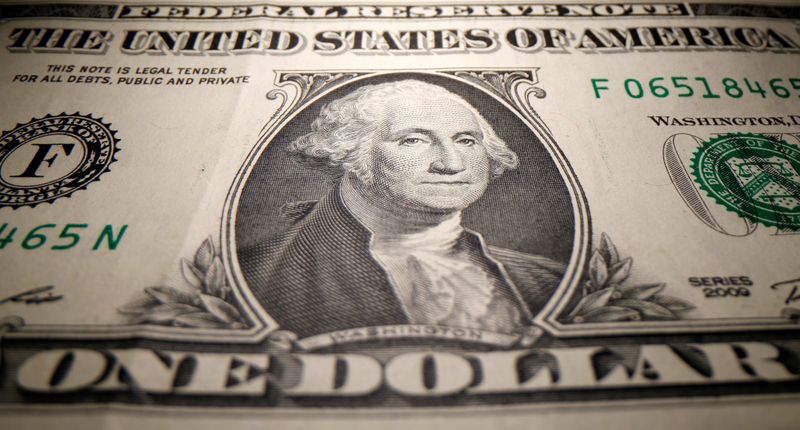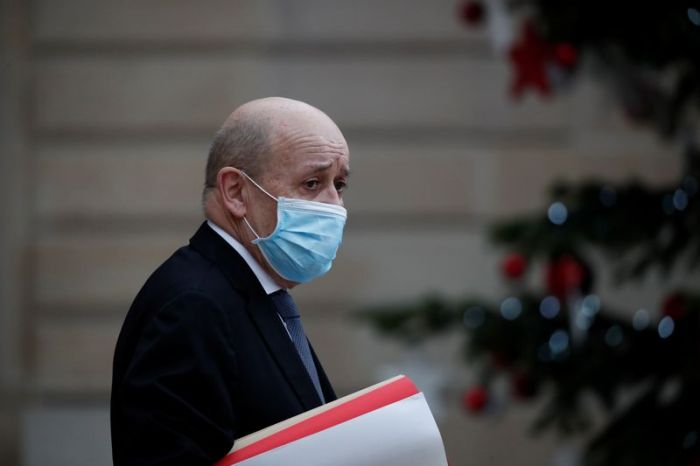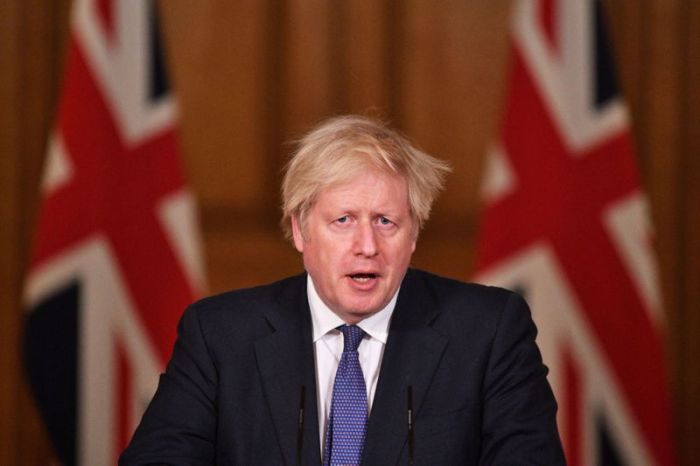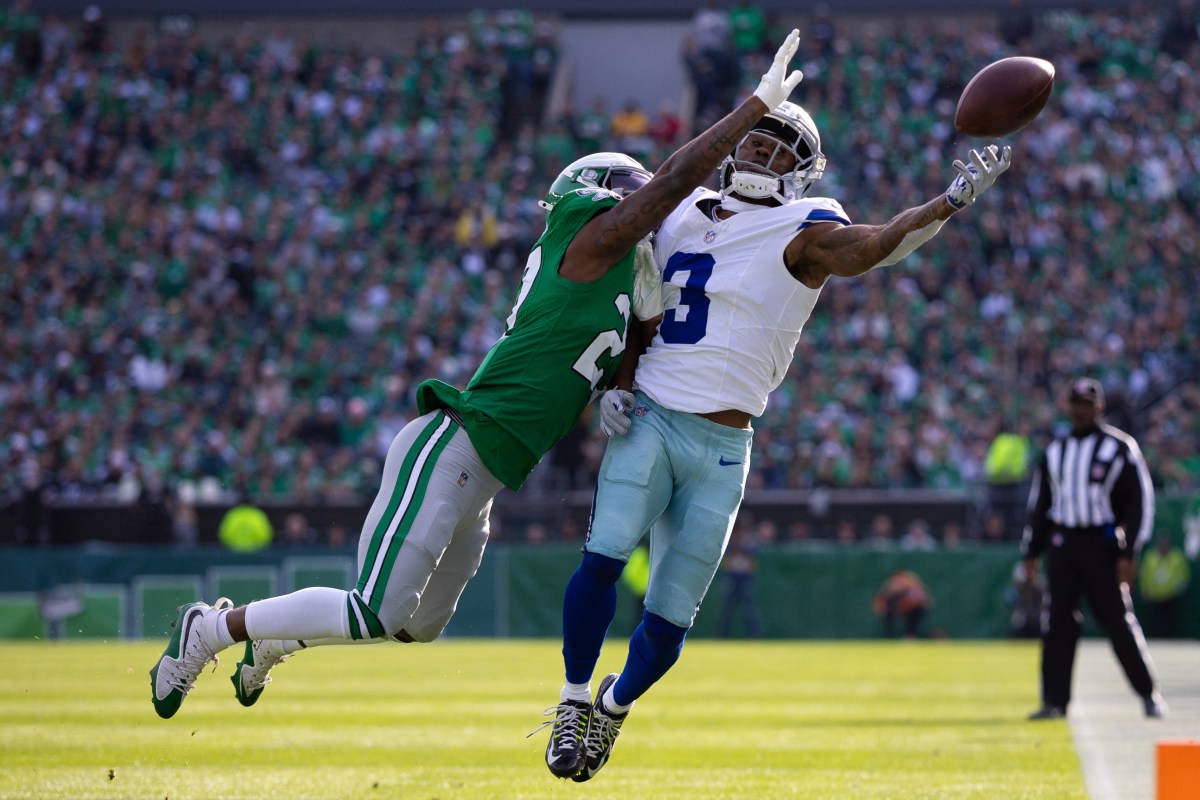LONDON (Reuters) – The U.S. dollar strengthened for a third consecutive day on Monday, reaching a four-week high, as risk aversion swept through currency markets, knocking the Australian dollar and the British pound lower.
With U.S. markets shut for a holiday on Monday and Joe Biden set to be inaugurated as the next U.S. president on Wednesday, major currencies remained within established ranges, watching carefully the new administration’s stance on the currency.
Outgoing President Donald Trump has publicly railed against the dollar’s strength for years, but Janet Yellen, Biden’s pick to take over the U.S. Treasury, is expected to make clear that the United States does not seek a weaker dollar, according to the Wall Street Journal.
Moreover, Biden’s plan for a $1.9 trillion stimulus package has fuelled a rise in U.S. Treasury yields and reversed a late 2020 fall in the value of the dollar.
“I would expect differences in fiscal stimulus to be a driving force for relative performance of currencies this year as it is directly linked to the economic recovery story,” said Wouter Sturkenboom, an investment strategist at Northern Trust Asset Management.
The dollar index edged to a one-month high and last traded at 90.94, its highest level since Dec. 21.
After a dollar selloff last year, the opening weeks of 2021 have seen a reversal of fortunes with a dollar basket rising nearly 2% so far this year thanks to a rise in U.S. Treasury yields, though analysts remain wary about the short-term outlook.
“History suggests a strong seasonal pattern that points to the potential for further near-term strength, but this seasonal bias might prove less forceful this year given the broad macro backdrop remains consistent with continued optimism and support for risky assets,” MUFG strategists said in a weekly note.
NEGATIVE BETS
The dollar’s gains might also get support from an unlikely source.
Weekly positions in the currency markets show that hedge funds have piled up a massive net short dollar position of $34.04 billion in the week ended Jan. 12, the largest short position since May 2011.
Such large positions suggest that traders would be relatively more inclined to reduce their positions than add to already large bets. Derivative markets also point to some dollar strength in the short term.
The euro dipped to a six-week low of $1.2054. The Antipodeans were soft with the Aussie hitting a one-week trough of $0.7659 and the kiwi at a three-week low of $0.7097.
Better-than-expected Chinese economic data headed off further weakness among riskier currencies, but that was not enough to shift currency traders’ mood.
The mood soured after Friday’s data showed U.S. retail sales fell for a third straight month in December, stoking worries that the recovery is running into trouble as health authorities warned that the worst of the latest COVID-19 wave might be yet to come.
Europe is also facing surging cases, and an Italian government that must survive crucial votes in parliament on Monday and Tuesday to stay in power is also making some traders nervous.
(Reporting by Saikat Chatterjee; editing by Angus MacSwan, Giles Elgood, Larry King)
























